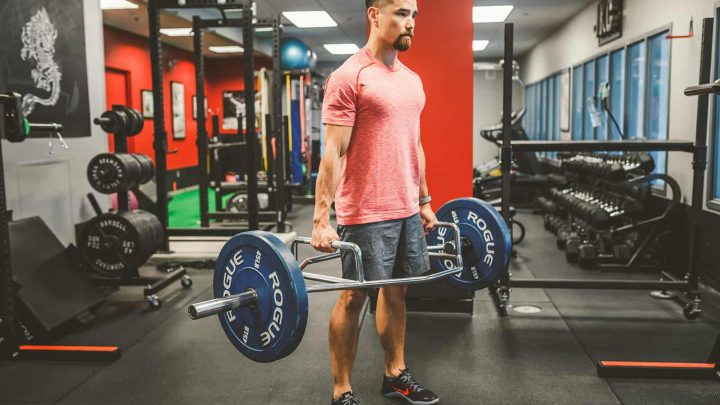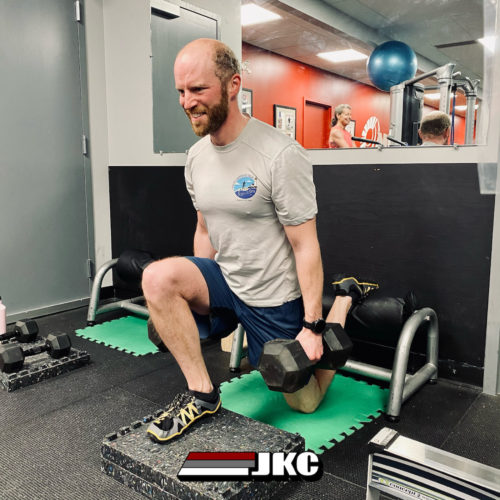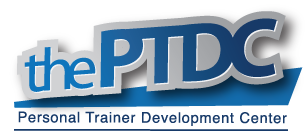By Thomas King, MSc, CSCS, CEP
After the positive reception to part one of this blog post, we thought it would be a good idea to introduce part two. Below you will find some good information in a rapid-fire format. Without further ado, let’s get started!
Stay Out Late? Lift Less.

Ever tried to workout hard the day after a late night of partying? Probably wasn’t a fun experience, was it? Thanks to a research team from Brazil, we now know that this isn’t a good idea. In their experiment, participants were given alcohol and forced to stay up late. Lo and behold, when they were tested the next morning, their performance suffered! [1] So, if you still want to workout the day after a big night, try to keep it light.
They See Me Rollin’
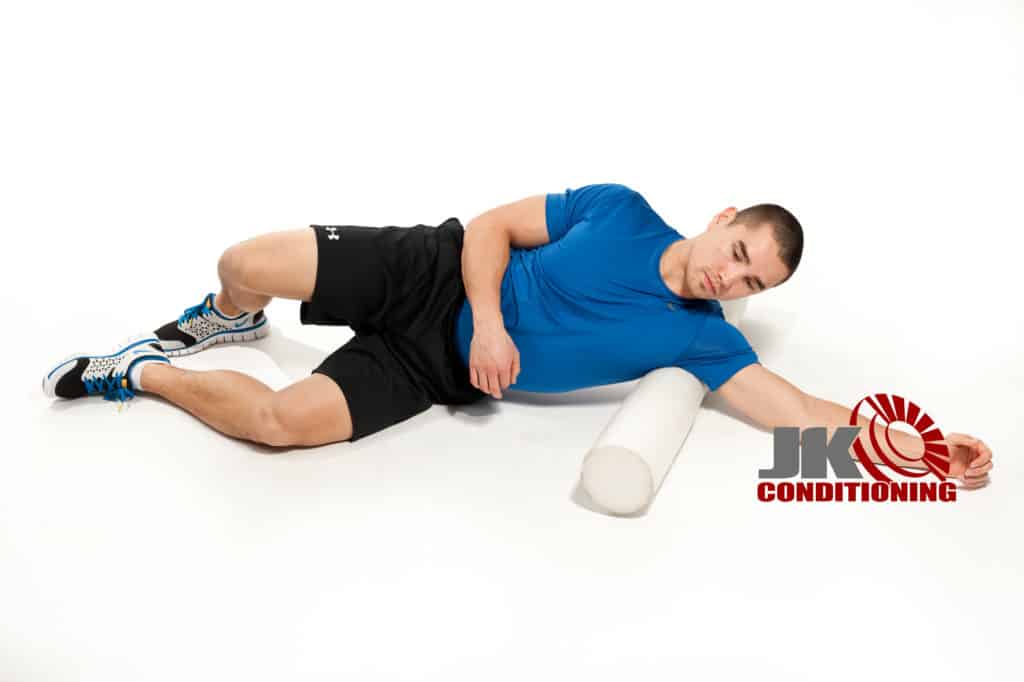
Have you ever been foam rolling and wondered how much pressure you should be applying? I know I have. Well, it turns out, to help increase your range of motion (RoM) it really doesn’t matter. A research team right here in St. John’s examined three different levels of applied roller force and found neither one to be better than the other. Who would have thought? So, maybe don’t worry too much about going hard with the foam roller and just do it. [2]
Play Late, Sleep Poorly

To all those reading this, if you play a game of your favourite sport at night, how would you rate your sleep quality that night? For me, it takes a long time to unwind for bed after being highly stimulated for an extended period. It turns out; even professionals are affected by evening games. In a study of professional soccer players, 90% of those who played in games starting after 6:00pm reported sleep disturbances. So, if you are hoping for a good night’s rest, maybe rethink that 10pm hockey game. [3]
Is It The Shoes?
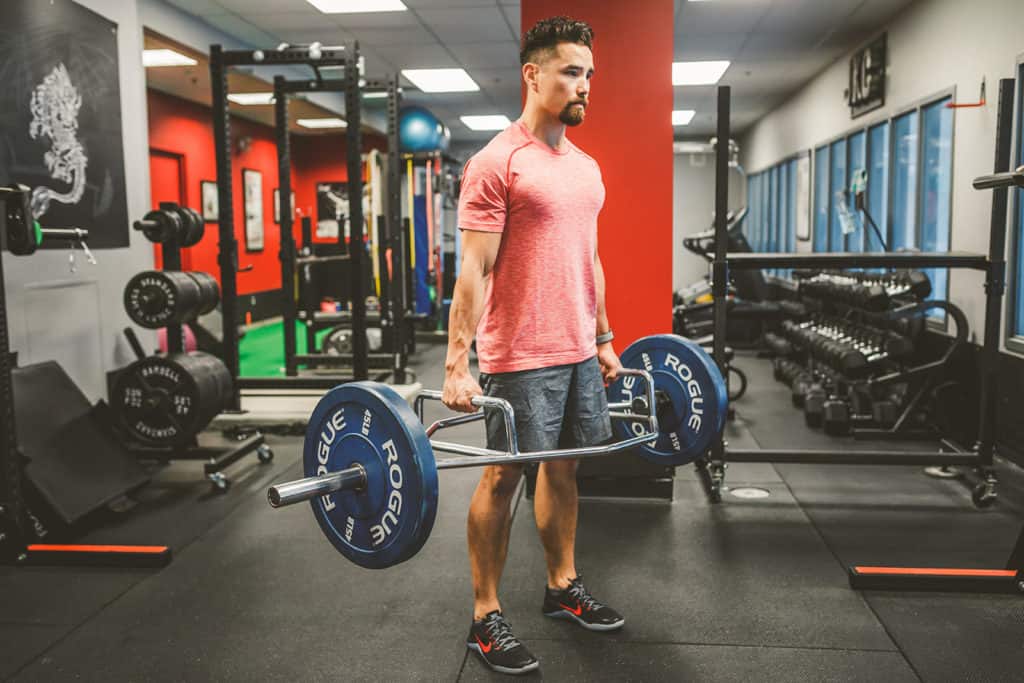
When it comes to deadlifting, what do you prefer shoes or no shoes? Personally I prefer a nice flat shoe with a minimal heel. Well, it turns out that it may not even matter. In a study examining shod (with shoes) versus barefoot deadlifting, researchers from Australia found that there was no difference in rate of force development or peak vertical force between the two conditions. [4]
Better Grip, Better Golf?
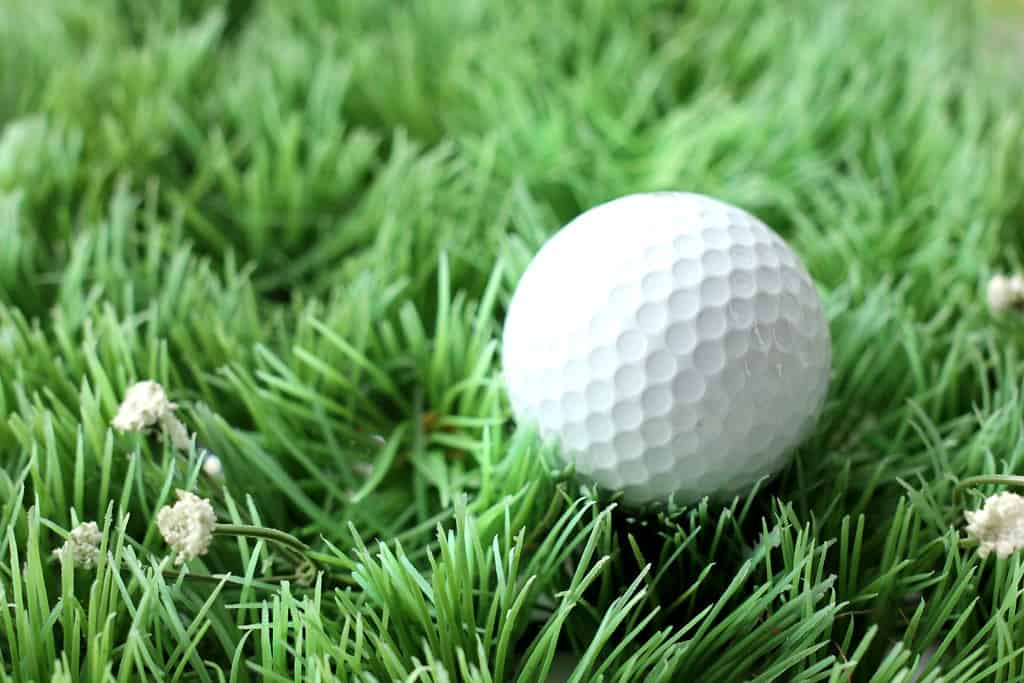
Looking for a quick way to improve your golf performance? Researchers from the United States may have just what you are interested in. They tested the effects of training using fat gripz (a rubber attachment that increases the diameter of a barbell) on ball speed, driving distance, and driving carry. Interestingly, training with fat gripz increased these parameters significantly more than a group who did not train with fat gripz. [5]
That’s a wrap! I hope you enjoyed this look at some of the research coming from the strength and conditioning world. As before, if any of this piqued your interest, I have included the links to the studies cited in the article below.
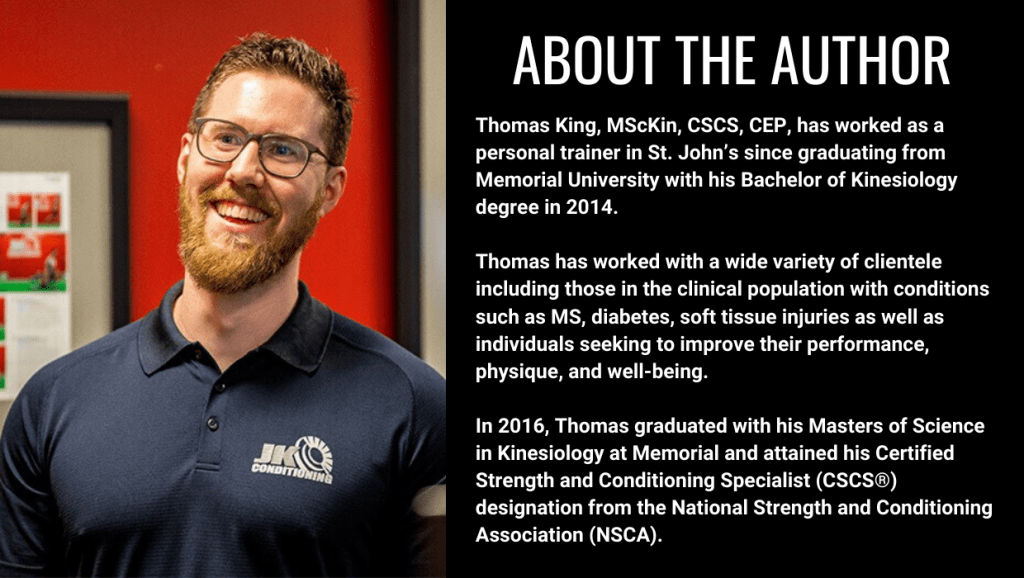
References
Rodrigues, R., Franke, R.dA., Teixeira, B.C., Macedo, R.C.O., Diefenthaeler, F., Baroni, B.M., Vaz, M.A. (2019). Can the combination of acute alcohol intake and one night of sleep deprivation affect neuromuscular performance in healthy adults? A cross-over randomized trial. Journal of strength and conditioning research, 33(5), 1244-51.
Grabow, L., Young, J.D., Alcock, L.R., Quigley, P.J., Byrne, J.M., Granacher, U., Skarabot, J., Behm, D.G. (2018). Higher quadriceps roller massage forces do not amplify range-of-motion increases nor impair strength and jump performance. Journal of strength and conditioning research, 32(11), 3059-69.
Nedelec, M., Dawson, B., Dupont, G. (2019). Influence of night soccer matches on sleep in elite players. Journal of strength and conditioning research, 33(1), 174-9.
Hammer, M.E., Meir, R.A., Whitting, J.W., Crowley-McHatten, Z.J. (2018). Shod vs. barefoot effects on force and power development during a conventional deadlift. Journal of strength and conditioning research, 32(6), 1525-30.
Cummings, P.M., Waldman, H.S., Krings, B.M., Smith, JE.W., McAllister, M.J. (2018). Effects of fat grip training on muscular strength and driving performance in division I male golfers. Journal of strength and conditioning research, 32(1), 205-10.
